
Everything You Need to Know About Gangasagar Mela
Visit Gangasar tour from Kolkata
Dive into the spiritual essence of Gangasagar Mela. Discover ancient traditions, vibrant cultures, and transformative experiences at India’s holiest pilgrimage
Book Now: +91 8902495917, 8910339427
Have you ever dreamed of immersing yourself in a centuries-old spiritual tradition that attracts millions of devotees from across India? Look no further than the Gangasagar Mela, one of the largest and most significant religious gatherings in the world. This awe-inspiring event, held annually at the confluence of the Ganges River and the Bay of Bengal, is a testament to India’s rich cultural heritage and unwavering faith.
Imagine standing on the shores of Sagar Island, surrounded by a sea of pilgrims, as the air fills with the sound of chanting and the scent of incense. The Gangasagar Mela offers a unique opportunity to witness age-old rituals, experience spiritual enlightenment, and connect with fellow seekers from all walks of life. But with such a massive gathering, proper preparation and knowledge are key to making the most of this once-in-a-lifetime experience.
In this comprehensive guide, we’ll take you through everything you need to know about the Gangasagar Mela. From understanding its historical significance to practical tips for a memorable visit, we’ve got you covered. So, let’s embark on this spiritual journey together and discover the wonders of Gangasagar Mela!
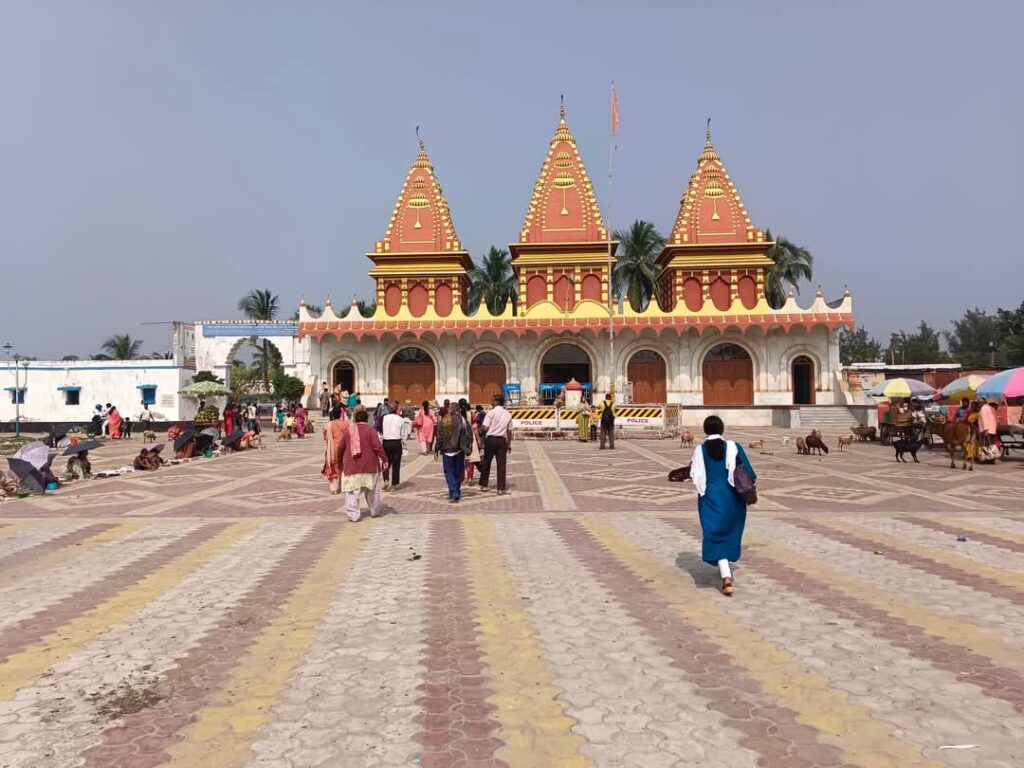
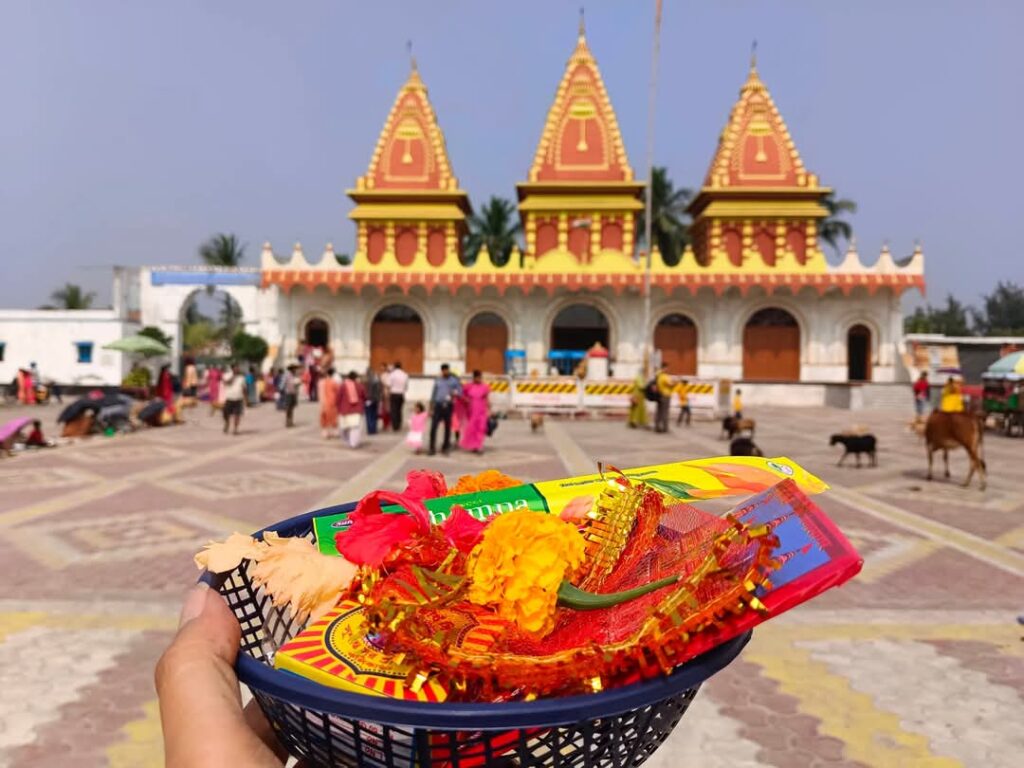
Understanding Gangasagar Mela
Origin and historical significance
The Gangasagar Mela, one of India’s largest religious gatherings, has its roots deeply embedded in Hindu mythology. This ancient festival commemorates the legend of Sage Kapila, whose ashes are believed to have been immersed at the confluence of the Ganges River and the Bay of Bengal. The mela’s origins can be traced back centuries, with historical records mentioning its observance as early as the medieval period.
Religious importance
For devout Hindus, the Gangasagar Mela holds immense spiritual significance. Pilgrims believe that taking a holy dip at the Gangasagar during this auspicious time cleanses them of sins and brings salvation. The festival is particularly revered for:
Offering prayers to the Sun God
Performing rituals for ancestors
Seeking blessings for prosperity and well-being
Commemorating the descent of the Ganges River to Earth
Geographical location
The Gangasagar Mela takes place at Sagar Island, located at the southern tip of West Bengal. It is only a few Kilometer from Kolkata. This unique geographical setting offers:
The confluence of the Ganges River and the Bay of Bengal
A picturesque landscape with sandy beaches and coconut groves
The famous Kapil Muni Temple, a key attraction for pilgrims
Duration and timing of the festival
The Gangasagar Mela typically spans several days, with the main festivities centered around Makar Sankranti, a harvest festival celebrated in mid-January. Key points about the timing include:
The mela usually begins in early January
Peak attendance occurs on Makar Sankranti day
Rituals and celebrations continue for a few days after the main event
Now that we’ve explored the fundamental aspects of Gangasagar Mela, let’s delve into how you can prepare for this extraordinary spiritual journey.
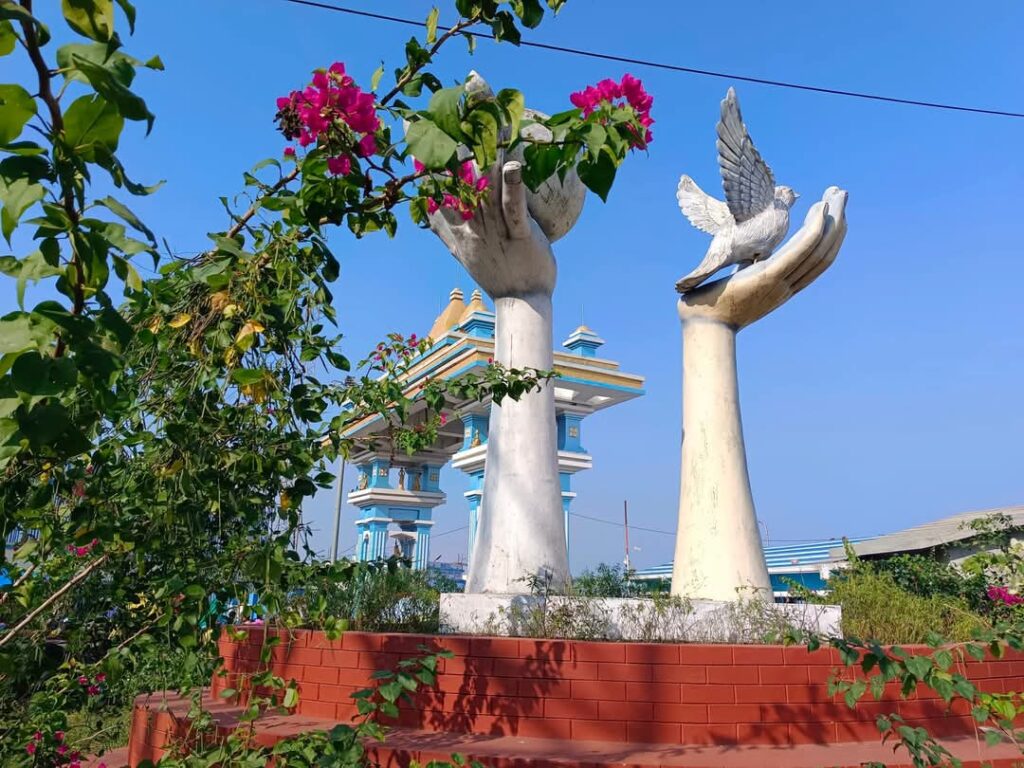
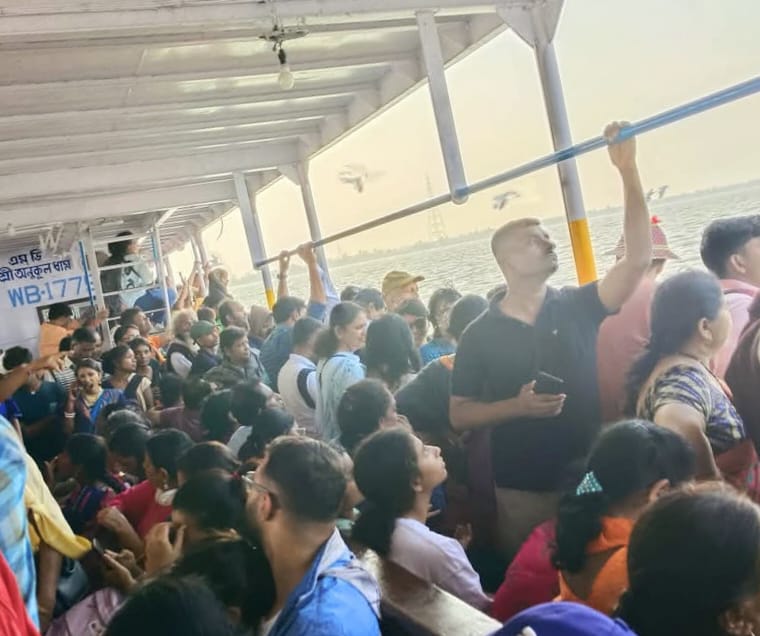
Preparing for Your Gangasagar Mela Visit
Best time to attend
The ideal time to attend Gangasagar Mela is during the Makar Sankranti festival, which typically falls in mid-January. This is when the pilgrimage reaches its peak, with millions of devotees gathering to take a holy dip at the confluence of the Ganges and the Bay of Bengal. However, if you prefer a less crowded experience, consider visiting a few days before or after the main event.
Transportation options
Several transportation options are available to reach Gangasagar:
From Kolkata, take a train or bus to Kakdwip or Namkhana
From there, board a ferry to Kachuberia on Sagar Island
Local buses or shared taxis are available from Kachuberia to the mela grounds
For a more convenient journey, consider booking a Kolkata to Gangasagar tour package, which often includes transportation, accommodation, and guided experiences.
Accommodation choices
Accommodation options during Gangasagar Mela include:
Government-run camps
Private tents and dormitories
Ashrams and dharamshalas
Homestays in nearby villages
Book your accommodation well in advance, as options fill up quickly during the mela period.
Essential items to pack
When preparing for your Gangasagar tour, pack the following essentials:
Warm clothing (for January weather)
Comfortable walking shoes
Toiletries and personal medications
Mosquito repellent
Bottled water and snacks
Cash (ATMs may be limited)
Power bank for your devices
Health and safety precautions
To ensure a safe and healthy experience during your Gangasagar Mela visit:
Stay hydrated and carry safe drinking water
Be cautious of crowded areas and keep your belongings secure
Follow local guidelines and instructions from authorities
Carry basic first-aid supplies and any personal medications
Be aware of weather conditions and dress appropriately
Now that you’re prepared for your Gangasagar Mela visit, let’s explore the key rituals and activities you can expect to experience during this sacred event.
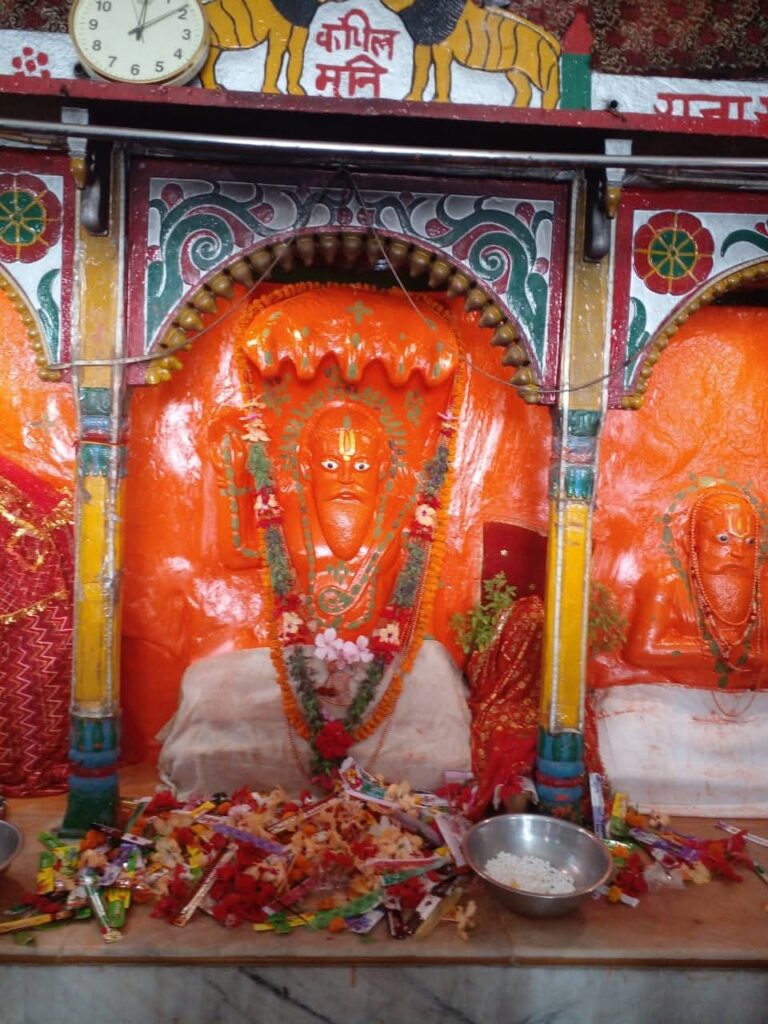
Key Rituals and Activities
Holy dip in the Ganges
The holy dip in the Ganges is the cornerstone of the Gangasagar Mela experience. Pilgrims believe that bathing at the confluence of the Ganges and the Bay of Bengal washes away sins and brings spiritual purification. This sacred ritual typically takes place at dawn, with thousands of devotees entering the water simultaneously. To ensure a safe and meaningful experience:
Arrive early to secure a spot
Bring a change of clothes
Be mindful of currents and follow safety guidelines
Respect the solemnity of the moment
Worshipping at Kapil Muni Temple
After the holy dip, many pilgrims visit the Kapil Muni Temple, dedicated to the sage believed to have brought the Ganges to earth. This ancient temple is a focal point of devotion during the Mela. Key aspects of worship include:
Offering prayers and flowers
Receiving blessings from priests
Participating in group chants and hymns
Attending Aarti ceremonies
The Aarti ceremonies at Gangasagar Mela are spectacular displays of devotion and light. These rituals, performed at dusk, involve the offering of fire to deities. Attendees can:
Witness the mesmerizing sight of thousands of lamps
Join in the singing of devotional songs
Purchase and float their own lamps on the water
Exploring nearby attractions
While the spiritual activities are central, the Mela also offers opportunities to explore the surrounding area. Some noteworthy attractions include:
Sagar Lighthouse: Offering panoramic views of the area
Bharat Sevashram Sangha: A spiritual center with a museum
Local markets: Showcasing traditional Bengali crafts and cuisine
Now that you’re familiar with the key rituals and activities, let’s delve into the rich cultural experiences that await you at Gangasagar Mela.
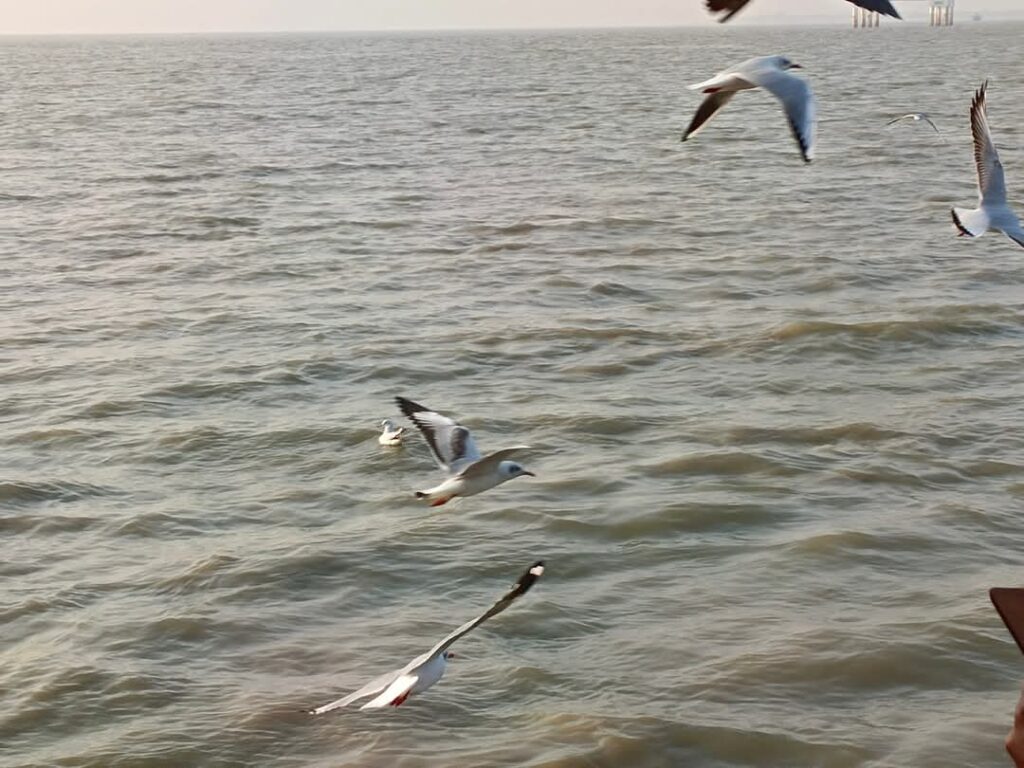
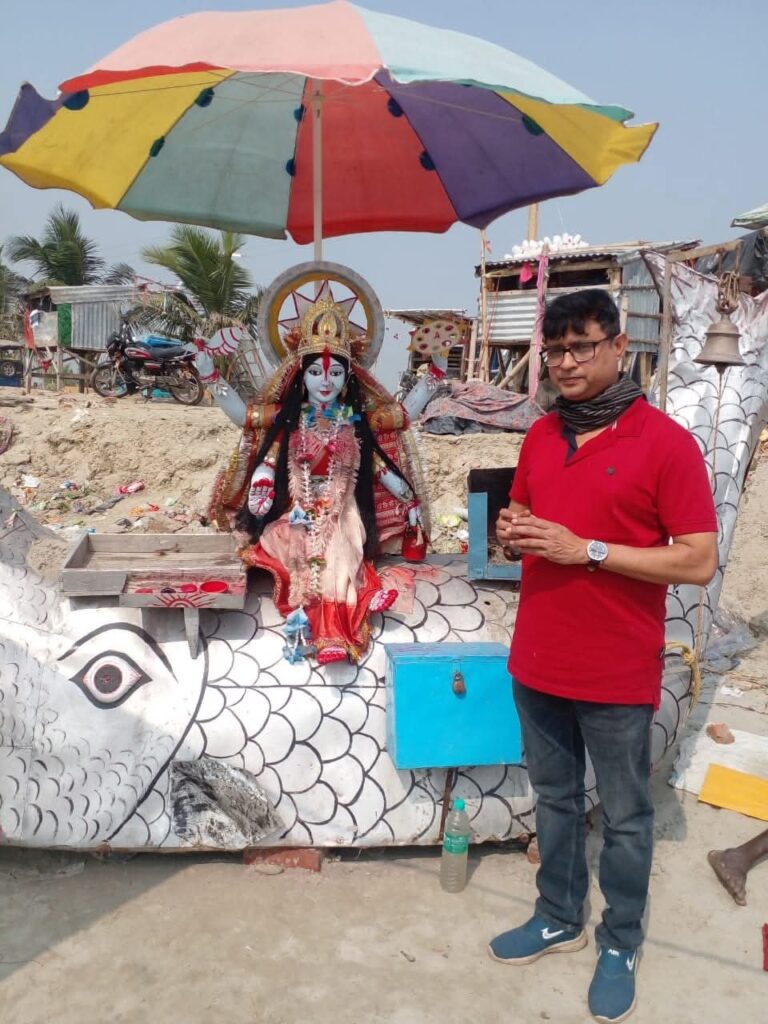
Cultural Experiences at Gangasagar Mela
Traditional performances and music
The Gangasagar Mela offers a vibrant tapestry of cultural experiences, with traditional performances and music taking center stage. Visitors can immerse themselves in the rich heritage of Bengal through:
Folk dance performances like Chhau and Baul
Devotional music sessions featuring Bengali spiritual songs
Street theater showcasing local legends and mythological tales
These performances not only entertain but also provide insight into the region’s cultural fabric.
Local cuisine and delicacies
No cultural experience is complete without savoring the local flavors. At Gangasagar Mela, food enthusiasts can indulge in:
Fresh seafood dishes unique to the coastal region
Traditional Bengali sweets like rosogolla and sandesh
Hearty vegetarian meals served at community kitchens
These culinary delights offer a taste of authentic Bengali cuisine, adding another layer to the Gangasagar experience.
Handicraft exhibitions
The mela showcases the craftsmanship of local artisans through various handicraft exhibitions. Visitors can explore and purchase:
Intricately designed terracotta items
Handwoven textiles like Kantha and Baluchari sarees
Traditional jewelry and ornaments
These exhibitions not only provide shopping opportunities but also help preserve and promote local art forms.
Interaction with sadhus and pilgrims
One of the most enriching aspects of Gangasagar Mela is the opportunity to interact with sadhus and fellow pilgrims. This interaction allows visitors to:
Gain spiritual insights from ascetics and holy men
Share experiences with pilgrims from various parts of India
Participate in group prayers and meditation sessions
These encounters foster a sense of community and spiritual growth, making the Gangasagar Mela a truly transformative experience.
Practical Tips for a Memorable Gangasagar Mela Experience
Now that we’ve explored the cultural experiences at Gangasagar Mela, let’s focus on practical tips to ensure you have a memorable and respectful visit.
Navigating the crowds
Gangasagar Mela attracts millions of pilgrims, so be prepared for large crowds. To make your experience smoother:
Plan your movements during off-peak hours
Stay close to your group and establish meeting points
Consider hiring a local guide to help navigate the area
Photography guidelines
While capturing memories is important, remember to be respectful:
Always ask permission before photographing individuals
Avoid using flash photography during rituals
Be mindful of restricted areas where photography may be prohibited
Respecting local customs and etiquette
To ensure a positive experience for everyone:
Dress modestly, covering shoulders and knees
Remove shoes before entering temples
Avoid public displays of affection
Managing your budget
To make the most of your Gangasagar tour package:
Carry sufficient cash, as ATMs may be limited
Negotiate prices for services and souvenirs
Consider pre-booking accommodation to avoid inflated prices
Eco-friendly practices during the festival
Help preserve the beauty of Gangasagar by:
Using biodegradable materials for offerings
Disposing of waste responsibly in designated areas
Opting for reusable water bottles to reduce plastic waste
By following these tips, you’ll not only enhance your Gangasagar Mela experience but also contribute positively to the event and local community.
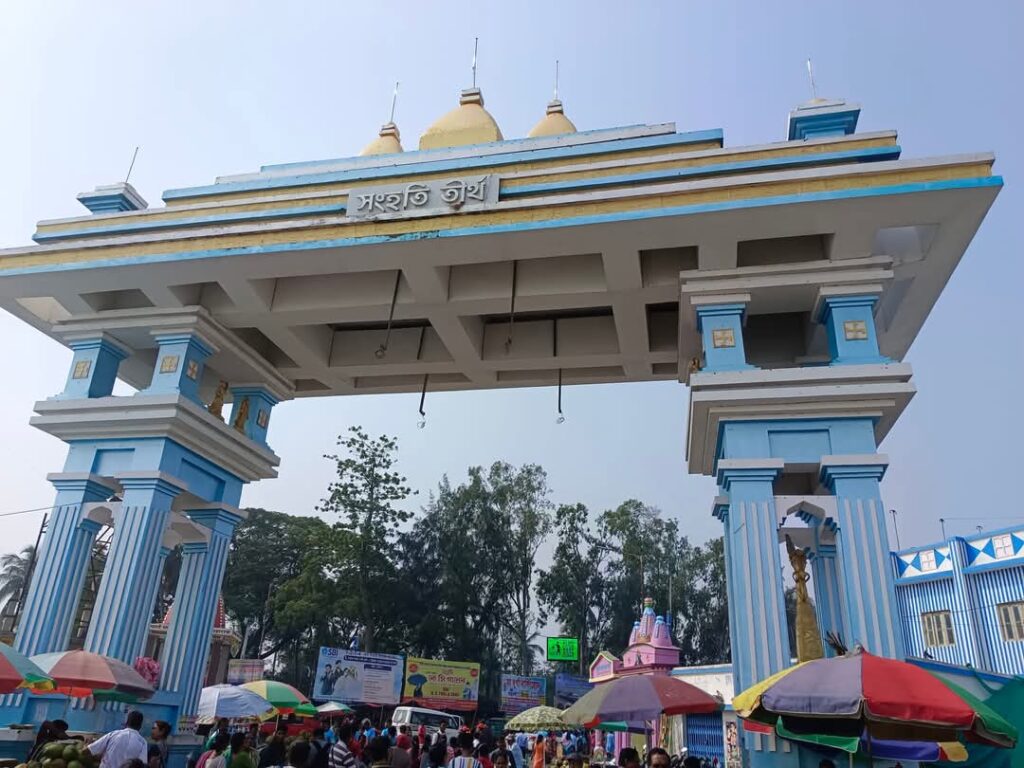
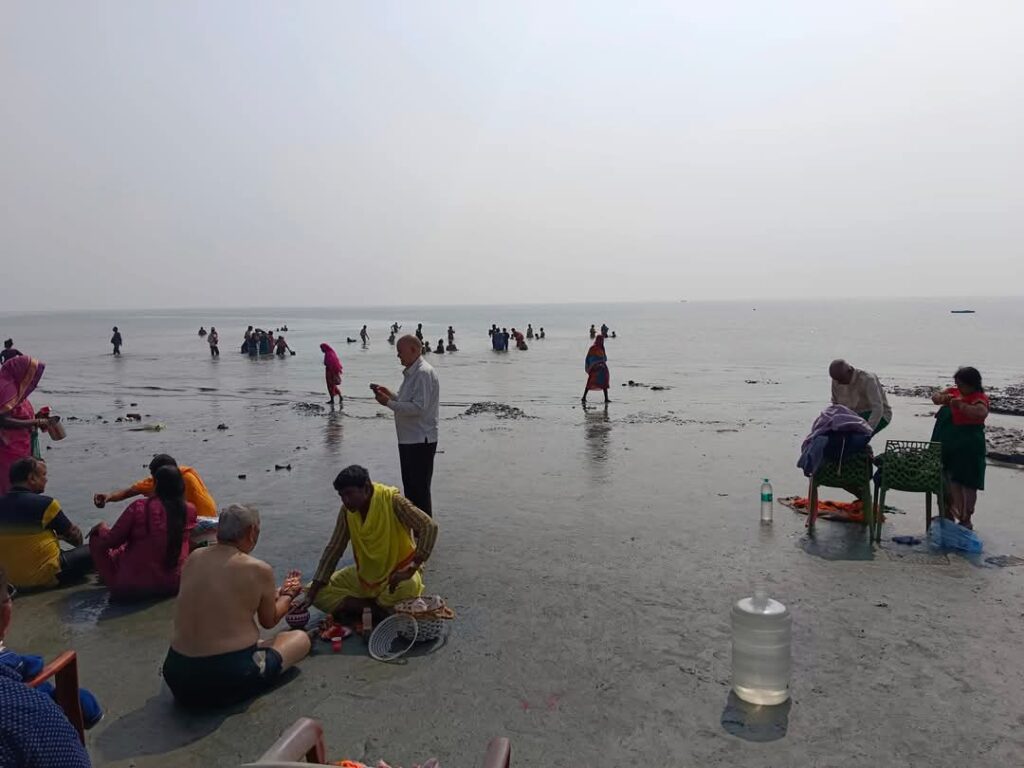
Conclusion
Gangasagar Mela stands as a testament to India’s rich spiritual heritage, offering pilgrims and visitors alike a profound and transformative experience. From its historical significance to the vibrant rituals and cultural activities, this annual gathering at the confluence of the Ganges and the Bay of Bengal is a celebration of faith, tradition, and human connection.
As you prepare for your journey to Gangasagar Mela, remember to plan ahead, respect local customs, and embrace the unique atmosphere of this sacred event. Whether you’re drawn by religious devotion or cultural curiosity, the Gangasagar Mela promises an unforgettable adventure that will leave you with a deeper appreciation for India’s spiritual tapestry and the enduring power of communal celebration.